Nationality Turkish Occupation Architect Parents Leyla Saz | Name Vedat Tek Role Architect | |
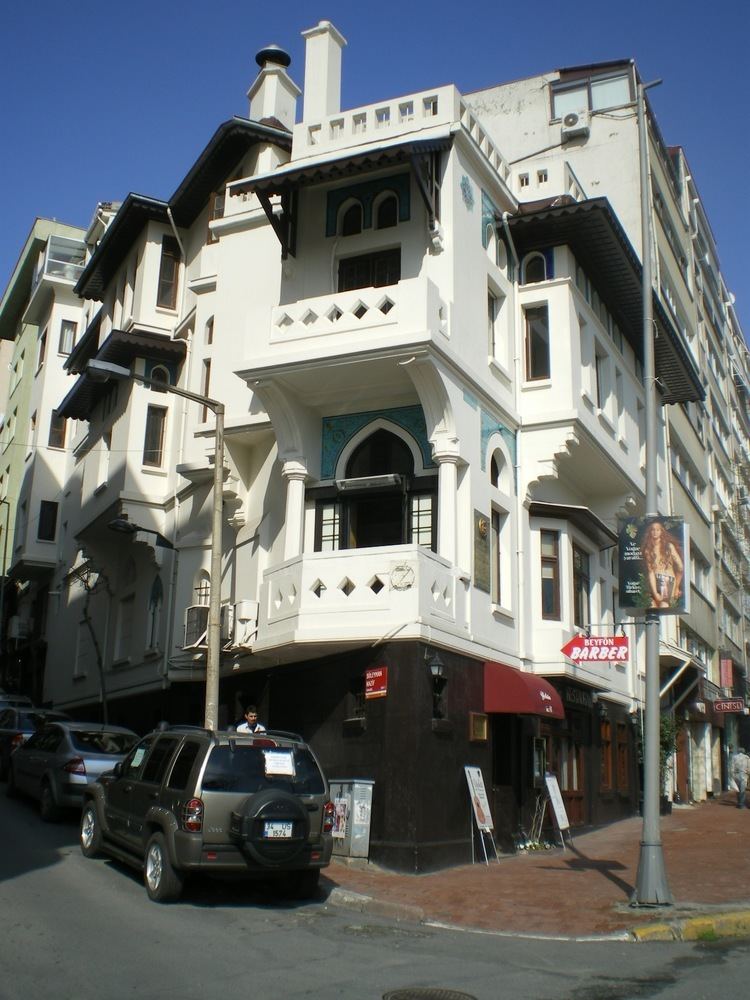 | ||
Buildings Second Turkish Grand National Assembly Building, AnkaraIstanbul Main Post Office, SirkeciIstanbul Land Registry and Cadastre Building, Sultanahmet,Kastamonu Governor's Office Structures Grand Post Office, Kastamonu Governor's Office | ||
Education Galatasaray High School | ||
Mimar vedat tek
Mehmet Vedat Tek (1873–1942) was a notable Turkish architect, who has been one of the leading figures of the First Turkish National Architectural Movement.
Contents
- Mimar vedat tek
- NEREDEN NEREYE
- Early life and education
- Early work
- Architect of the Post and Telegraph Ministry
- Chief architect of the Ottoman Palaces
- Republic era
- Personal life
- Projects and buildings
- References
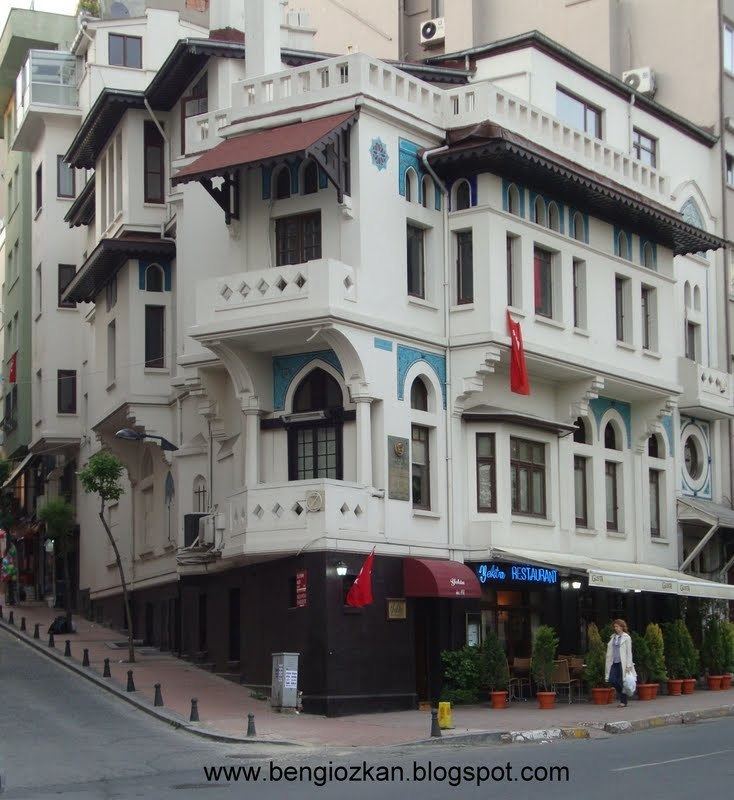
NEREDEN NEREYE.
Early life and education
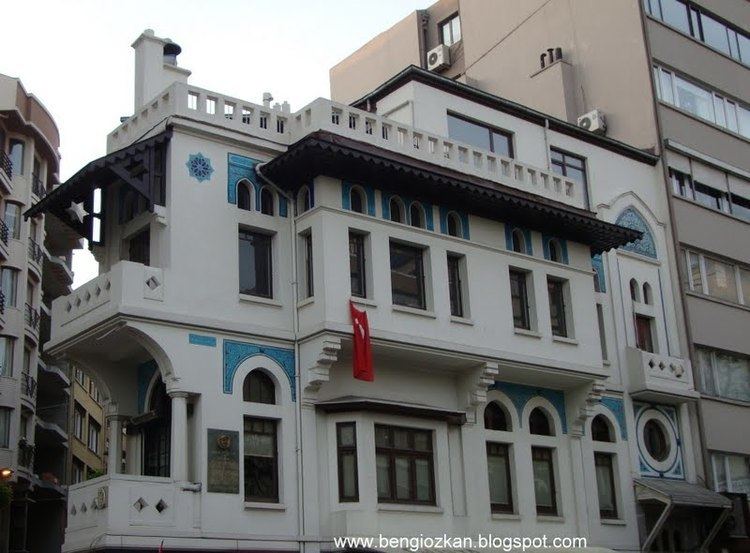
Of Cretan Turkish origin, Vedat Tek was born in Istanbul to the governor of Baghdad Province Giritli Sırrı Pasha and composer Leyla Saz as their second son. His older brother was Yusuf Razi Bel (1870–1947), who later became an engineer.
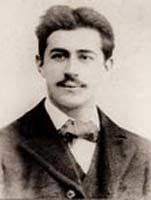
After finishing Galatasaray High School in Istanbul, he was sent to France for higher education. He attended Académie Julian for studies in painting and then studied at the École Centrale Paris, graduating with a degree in civil engineering before he got his further education in architecture at the École des Beaux Arts in Paris. He thus became the first formally educated Turkish architect.
Early work
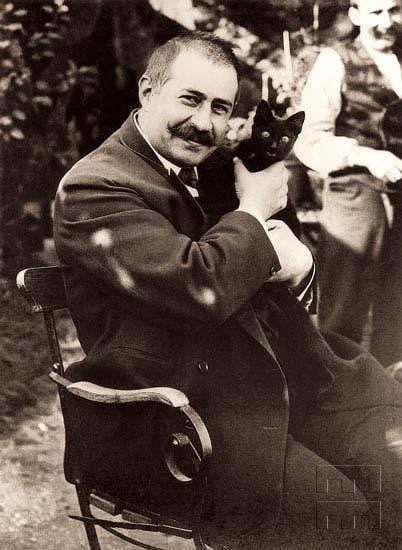
After returning home in 1897, Vedat Tek contributed with his projects to the forming of the first Turkish national architecture movement (Turkish: Birinci Ulusal Mimarlık) along with Mimar Kemaleddin Bey. He served awhile as the chief architect of the Engineering Corps at the Ministry of War. Later, Sultan Mehmet V appointed him chief court architect.
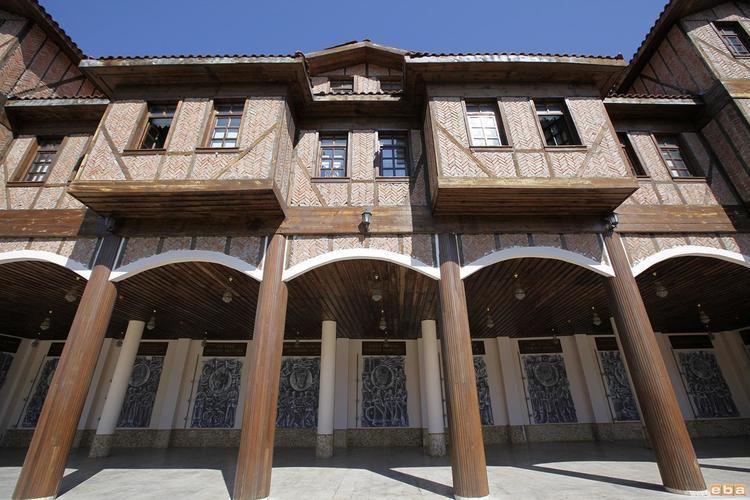
He also gave lectures at Sanayi-i Nefise Mekteb-i (today's Mimar Sinan University of Fine Arts) and Mühendis Mekteb-i Alisi (today's Istanbul Technical University). Vedat Tek was one of the first Turkish lecturers at the Academy of Fine Arts.
Architect of the Post and Telegraph Ministry
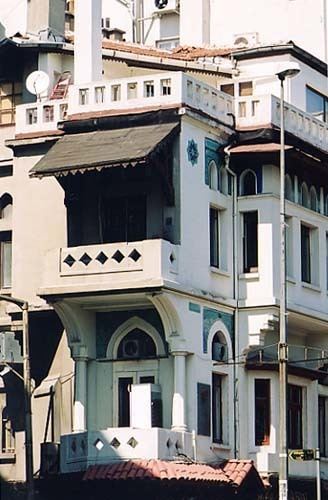
Vedat Tek became popular as an architect because of his project for the Kastamonu Governor's Office (1902). He was appointed architect for the Ministry of Post and Telegraph in 1905. His main assignment was the Istanbul Main Post Office, his largest achievement in his architectural career.
Chief architect of the Ottoman Palaces
Vedat Tek became the chief architect of the palaces after Sultan Abdul Hamid II left the throne in 1909 and was succeeded by Mehmed V. As such, he restored about 20 palaces. But when Mehmed VI became sultan, he was dismissed.
Republic era
After the proclamation of the Republic of Turkey, Vedat Tek was called to Ankara. He built the second building for the Grand National Assembly of Turkey and the Gazi Pavilion there. While he was preparing plans for Ankara Palas, however, the project was taken out of his hands and given to Mimar Kemaleddin.
Personal life
Vedat Tek was married to Firdevs. From this marriage, they had three daughters.
Vedat Tek died in 1942 and was laid to rest at the Edirnekapı Martyr's Cemetery in Istanbul.
Projects and buildings
He was the architect of various beautiful buildings in Istanbul; some of his notable projects and buildings including:
The First National Architecture was characterized by the creation of entirely new designs with elements taken off the Seljuk and Ottoman architecture. The buildings all over the country designed in that style had a sweeping overhanging roof, tiled panels on the façade, large arched windows and jutting semi-circular ornaments in common.
Vedat Tek was known for his colorful and ornate style in architecture.
